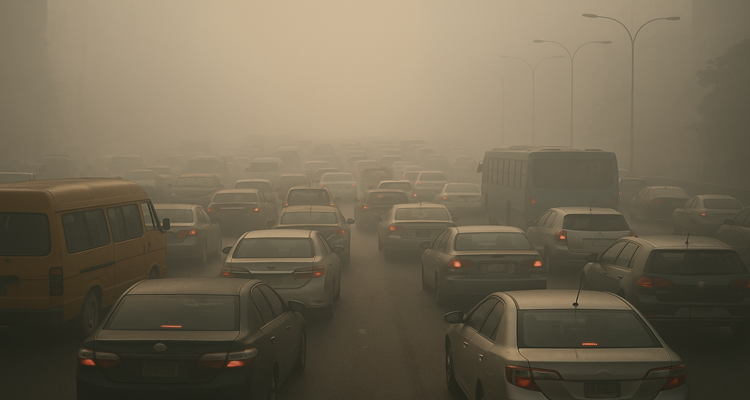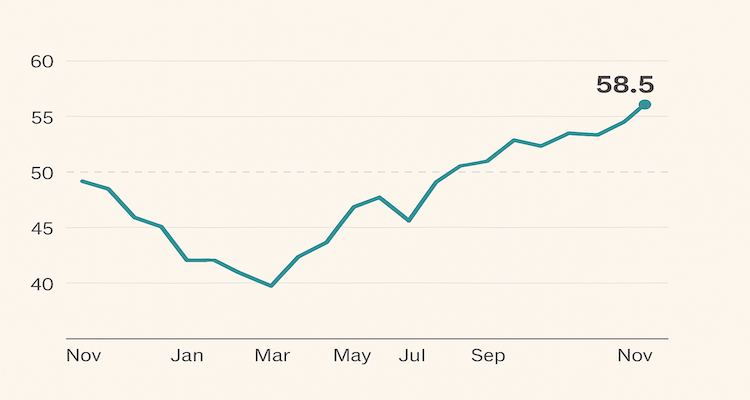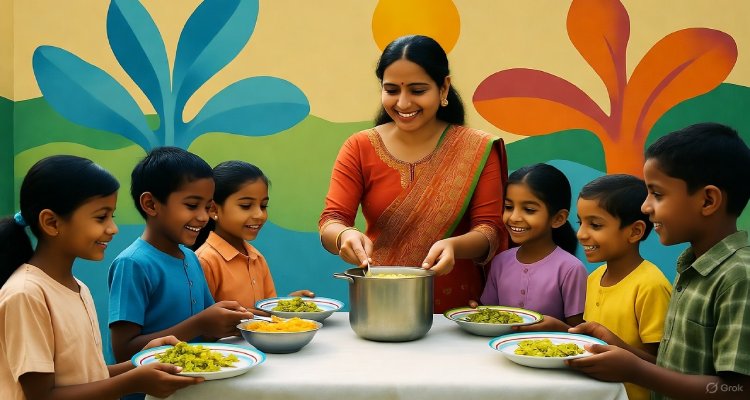India’s Drive Toward Zero Hunger: Government Initiatives Ensuring Food and Nutritional Security
India’s government has launched targeted initiatives like NFSA, PMGKAY, and PM POSHAN to ensure food and nutritional security for millions, aligning with global hunger eradication goals.
Introduction: A Global Call to End Hunger
Every October 16, the world unites to reflect on a pressing issue that transcends borders — hunger. Marked as World Food Day by the United Nations, this occasion renews global commitment to the right of every person to access safe, nutritious food. Yet, according to the 2025 State of Food Security and Nutrition in the World (SOFI) report, over 67.3 crore people — more than 8% of the global population — still go hungry.
India, home to nearly one-sixth of humanity, holds a pivotal role in this fight. Over the past decade, the nation has not only boosted agricultural productivity but also woven a robust social safety net to ensure that food reaches every household.
India’s Progress in Strengthening Food Security
India’s steady rise in agricultural output reflects sustained policy efforts. The country has recorded an increase of about 90 million metric tonnes in foodgrain production in the last ten years, with fruits and vegetables rising by 64 million metric tonnes. Today, India stands first globally in milk and millet production and second in fish, fruit, and vegetable output. Honey and egg production have doubled since 2014, mirroring advancements in rural livelihoods.
Agricultural exports have also nearly doubled in eleven years, placing India at the forefront of global food trade while ensuring resilience at home. This dual progress — scaling production while improving welfare access — underscores India’s two-pillar framework for food security: increasing availability through sustainable farming and ensuring access through large-scale welfare programmes.
National Food Security Mission (Now NFSNM): Strengthening Production
To address the supply-side challenge, the Government of India launched the National Food Security Mission (NFSM) in 2007–08, focusing on boosting production of rice, wheat, and pulses. Over time, it expanded to include coarse cereals, incorporating sustainability measures like restoring soil fertility and promoting employment in rural areas.
In 2024–25, this mission evolved into the National Food Security & Nutrition Mission (NFSNM) — integrating nutritional outcomes into agricultural planning. This shift reflects a growing understanding that food security is not just about quantity but quality — ensuring that citizens receive food rich in nutrients essential for a healthy life.
National Food Security Act (NFSA), 2013: Guaranteeing Access for All
If NFSNM powers productivity, the National Food Security Act (NFSA) ensures equitable distribution. Covering 75% of rural and 50% of urban populations, it reaches approximately 81.35 crore citizens under the Antyodaya Anna Yojana (AAY) and priority households.
Under the NFSA, each AAY family receives 35 kg of foodgrains per month, while priority households get 5 kg per person per month. Currently, around 78.90 crore beneficiaries are supported — a scale unmatched in the world.
Together, NFSA and NFSNM represent India’s comprehensive approach to food policy, combining productivity, inclusivity, and sustainability — ensuring no citizen is left behind.
PM Garib Kalyan Anna Yojana: Relief During Crisis and Beyond
The Pradhan Mantri Garib Kalyan Anna Yojana (PMGKAY) stands as a humanitarian response crafted during the COVID-19 pandemic to cushion the most vulnerable against economic disruptions. Operational across seven phases until December 2022, the scheme has since been institutionalized to provide free foodgrains nationwide to all beneficiaries covered under NFSA.
Beginning January 2023, the government decided to supply food completely free of cost to both AAY and Priority Household beneficiaries, extending the initiative for five years starting from January 2024. The move entails a massive financial outlay of ₹11.80 lakh crore, fully borne by the central government — a strong signal of long-term policy commitment toward hunger eradication.
PM POSHAN: Nourishing Minds and Bodies
At the intersection of education and nutrition stands the PM POSHAN (Poshan Shakti Nirman) scheme — a successor to India’s renowned Mid-Day Meal Programme. Its objective is straightforward yet transformative: to enhance learning outcomes and combat classroom hunger by providing nutritious hot cooked meals to all children in government and government-aided schools up to age 14.
Beyond caloric intake, PM POSHAN ensures meals that meet nutritional standards, especially vital for disadvantaged children. The scheme strengthens child health, cognitive development, school attendance, and fosters social equity by engaging communities and local suppliers in its implementation.
This integrated approach underscores that education and nutrition are not separate goals but mutually reinforcing tools for national development.
Expert Insight: The Infrastructure Behind Food Security
Experts emphasize that India’s food and nutritional security success lies not only in its policy design but its implementation infrastructure. Food policy analyst Dr. Meera Sinha notes, “India’s approach aligns the entire chain — from soil to plate. It’s not only about producing more but ensuring the poorest can afford and access nutrient-rich food regularly.”
Nutritionists, meanwhile, welcome the integration of agriculture with dietary outcomes under NFSNM. “We’re seeing the early stages of a paradigm shift toward food diversity and sustainability,” adds health expert Rajiv Deshpande, highlighting greater emphasis on millets and indigenous crops under the UN-declared International Year of Millets 2023.
Broader Implications and Challenges Ahead
Despite this notable progress, challenges persist — especially concerning nutrition-sensitive agriculture, post-harvest management, and climate resilience. The government’s focus on digital foodgrain tracking, farmer database integration, and climate-smart agriculture underlines efforts to modernize systems while improving transparency.
Long-term, experts stress the need for public awareness campaigns on nutrition, dietary diversity, and waste reduction. Grassroots empowerment — particularly of women in farming and self-help networks — will play a key role in maintaining gains against malnutrition.
Conclusion: Toward a Hunger-Free Future
World Food Day serves as a solemn reminder that food security is both a right and a responsibility. India’s multi-layered strategy — encompassing NFSNM, NFSA, PMGKAY, and PM POSHAN — reflects a sustained vision to eliminate hunger, enhance nutrition, and drive inclusive prosperity.
While global hunger challenges remain daunting, India’s experience demonstrates that with political will, efficient delivery, and community participation, achieving zero hunger is not just aspirational — it is attainable.
Disclaimer: This article is for informational and educational purposes only. Data and references are based on publicly available government and UN reports as of 2025. The author does not represent or endorse any government or political entity.











